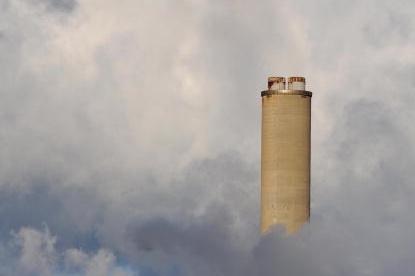The unemployment rate unexpectedly improved last month to 5.6 per cent, down from 5.8 per cent, according to the Australian Bureau of Statistics September data. Despite being a positive sign, the finer details reflect a trend of continuing labour market softness.
The economy added 9100 jobs over September, with full-time and part-time employment adding 5000 and 4100 respectively. Annual employment figures however tell a different story. In the year since September 2012, total employment has only lifted by 0.8 per cent - “an insipid rate of employment growth”, says Justin Smirk, Senior Economist at Westpac.
The real story behind these figures lies in the participation rate, which fell 0.1 per cent to 64.9 per cent. This rate reflects the proportion of the working age population either in work or actively searching for a job. Now at a seven year low, the participation rate signals that more job seekers are giving up looking.
Falls in participation tend to give us a false indication of the true state of affairs. The way the statistics are calculated allows for the unemployment rate to fall if only participation falls. The fall in the participation rate is the reason why the unemployment rate unexpectedly fell over September.
“So while it’s good news that the unemployment rate fell, it doesn’t reflect a stronger labour market. In fact the labour market remains quite soft,” said AMP chief economist Shane Oliver when he heard the results.
“For example, if the participation rate had remained at its 2011 average level the unemployment rate would now be 6.6 per cent.”
Digging further into the underlying figures confirms the market position. The employment to population ratio – measuring the proportion of the population in employment – remains at 61.2 per cent. This is lower than the low point experienced during the GFC.
Total hours worked decreased by 0.4 per cent (or 6.4 million hours) in September, effectively offsetting the gains in August and bringing the annual growth in hours to 0.6 per cent.
“The strong growth in hours worked in the year to August had been suggesting that firms were cautious about hiring new staff, and had recently focused on getting more out of their current employees. It appears they don’t need to do this any longer,” said Justin Smirk, senior economist from Westpac.
The weak figures confirm a sluggish market low on confidence, and the Reserve Bank is unlikely to delve too deeply into these stats or change their short term outlook on the cash rate.




